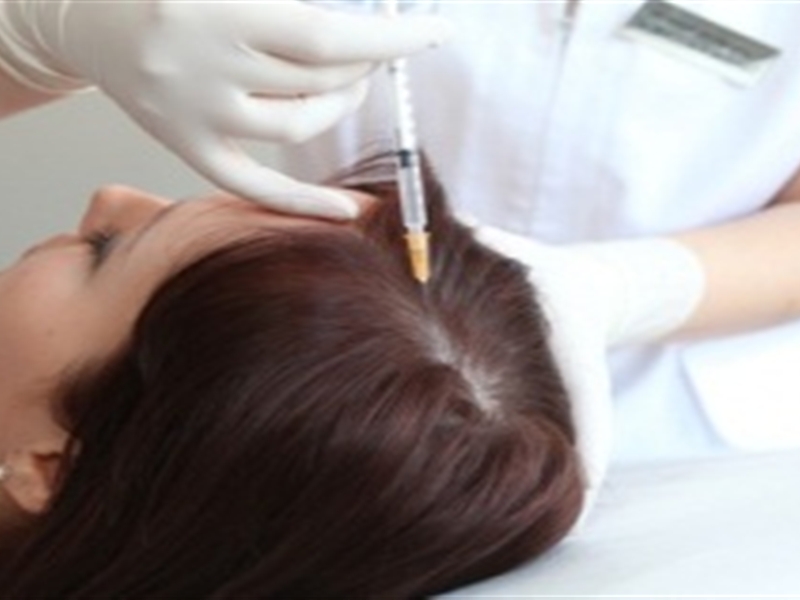There are 2 mainstream options for growth injections: Mesotherapy Hair Regrowth Injections GDE6GUHECQ84 a.k.a. mesotherapy has received a lot of publicity in the media and internet about its possible role in androgenetic alopecia. However, the subject is controversial in view of lack of documented evidence. This article provides a critical commentary on the use of mesotherapy in the […]
